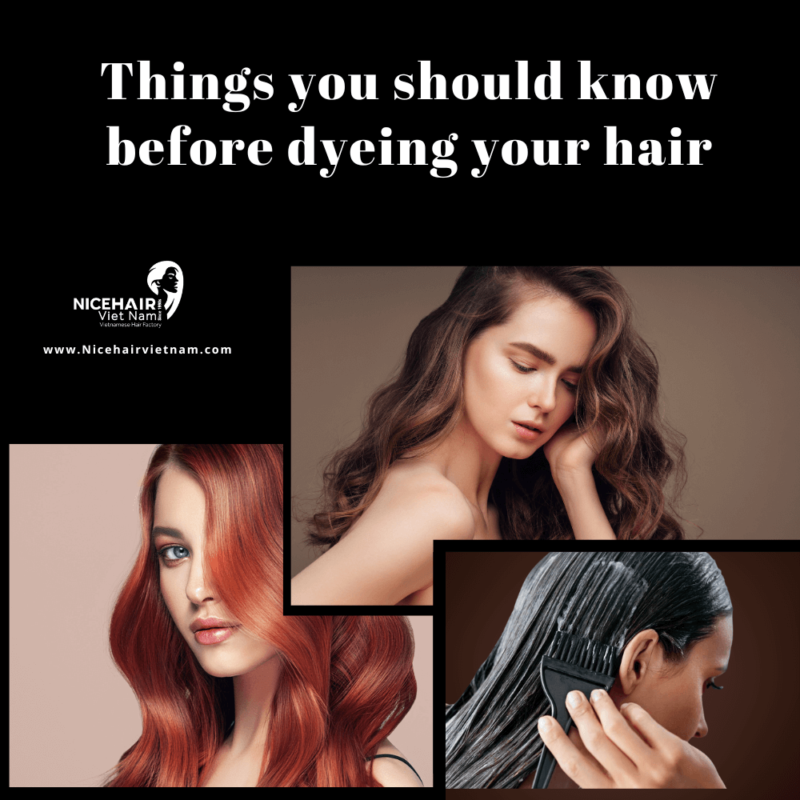You are going to dye your hair to cover gray hair? Or you want to change your boring natural hair color to experience something new as a form of self expression or mood boosting? Whatever your purpose, before dyeing your hair, you should equip yourself with certain knowledge to better understand and be able to choose the most suitable hair dyeing method and type of dye in addition to other notes for your dyed hair afterwards. And this post here is about to help you with that!
What is hair dyeing?
Hair coloring, also known as hair dyeing, involves altering the current color of hair. The primary motivation behind this practice is cosmetic, assessing people to conceal gray or white hair, achieve a desired look, personal color preference, or even restoring the original hair color that may have been affected by toxic hairdressing treatments done before or harsh sun exposure.
Hair dyeing can be carried out in two main ways: through professional assistance provided by a hairdresser or through independent application at home. Each option has its own advantages and disadvantages. Seeking the expertise of a professional hairdresser ensures skillful execution and personalized recommendations based on your hair type and desired outcome but it usually costs a great amount for many people. On the other hand, at-home hair coloring kits are available for those who prefer a DIY approach, offering convenience and cost-effectiveness for simple color changes or root touch-ups.
The history of hair dyes
Have you ever wondered when did people first know how to dye their hair? Well, according to some archaeological evidence, humans may have dyed their hair with reddish iron oxide, which they found in the dirt as far back as the Paleolithic Period- Stone Age. And in ancient times, people started to use plants and processed them into dyes. Several of them that were widely recognized natural hair coloring options include henna (Lawsonia inermis), indigo dye, Cassia obovata, senna, turmeric, and amla. Additionally, there are other alternatives such as katam (Buxus dioica), black walnut hulls, red ochre, and leeks. These natural substances have been used for centuries to impart color to hair and it was not until the 1860s that the development of synthetic dyes for hair is traced to the discovery of the reactivity of para-phenylenediamine (PPD) with air. In 1907, finally, Eugène Schueller, the founder of L’Oréal, was recognized for creating the first synthetic hair dye.

Types of hair dyeing
Permanent hair color
The name says it all, to permanently change the color of the hair, permanent hair color is used, which typically contains ammonia and is mixed with a developer or oxidizing agent to achieve a lasting color change. Ammonia serves the purpose of opening the cuticle layer of the hair, allowing the developer and colorants to effectively penetrate into the cortex. The developer, available in different volumes, determines the degree of “lift” on the natural hair pigment. Individuals with darker hair aiming for a two or three shade lightening may require a higher volume developer, while those with lighter hair desiring a darker color may not need a high-volume developer. The timing for permanent hair coloring varies but generally ranges from 30 to 45 minutes, particularly for those seeking maximum color transformation.
Demi-permanent hair color
Demi-permanent hair color has a duration of approximately 24 shampoos (may be 4 more or less than 24 shampoos depending on quality of the dye and how well dyed hair has been taken care of). It differs from permanent hair color in that it utilizes an alkaline agent like ethanolamine or sodium carbonate instead of ammonia, and it is used in conjunction with a developer. The hydrogen peroxide concentration in the developer for demi-permanent color is typically lower compared to permanent color.
Demi-permanent hair color offers several advantages over permanent color. While demi-permanent colors do not lighten the hair significantly during the dyeing process, they are less damaging. This is because it doesn’t involve significant removal of the natural hair color, the resulting shade appears less uniform and more natural. Demi-permanent colors are also gentler on the hair, making them a safer choice, particularly for damaged hair. These colors gradually wash out over time, typically lasting for about 20 to 28 shampoos. As a result, root regrowth is less noticeable, and if you wish to change the color, it is easier to achieve. While demi-permanent hair colors are not permanent, the darker shades, in particular, may persist longer than what is indicated on the packaging.They are effective at covering gray hair, although not as extensively as permanent colors. The resulting color appears more natural and varied, and it gradually fades over time.
Semi-permanent hair color
Semi-permanent hair color has a lifespan of approximately 6 shampoos (may be 2 more or less than 24 shampoos depending on quality of the dye and how well dyed hair has been taken care of). Unlike permanent or demi-permanent color, it does not lighten the hair since it does not contain ammonia or developer. As a result, it is less damaging to the hair strands compared to demi-permanent color. Due to variations in hair color and porosity along the length of each strand, there will be subtle shade differences across the entire head. This results in a more natural-looking outcome compared to the uniform color of permanent dyes.
When using semi-permanent color on gray or white hair, it’s important to note that they may not appear the same shade as the rest of the hair. If there are only a few gray/white hairs, they usually blend in well, but as the gray spreads, it becomes more difficult to disguise. In such cases, using demi-permanent color as a base and adding highlights can help delay the need for permanent coloring.Semi-permanent hair color contains compounds with lower molecular weight than those found in temporary hair color dyes. These dyes can only penetrate the cuticle layer of the hair shaft. As a result, the color can withstand limited washing, typically lasting for 4-8 shampoos.It’s important to be aware that some semi-permanent hair colors may still contain p-phenylenediamine (PPD) or other related colorant carcinogens. The U.S. The Environmental Protection Agency has reported that chronic exposure to PPD in the diet of rats and mice led to a decrease in body weight, though no other signs of toxicity were observed in several studies.
Temporary hair color
Temporary hair color is offered in a variety of forms, including rinses, shampoos, gels, sprays, and foams. It is known for its vibrant and striking shades, surpassing the intensity of both semi-permanent and permanent hair color. Temporary color is commonly used to enhance hairstyles for special occasions like Christmas and Halloween costume parties.

The pigments present in temporary hair color have a high molecular weight, preventing them from penetrating the cuticle layer of the hair. Instead, these color particles adhere closely to the surface of the hair shaft, creating a bold visual effect. With just a single shampooing, temporary hair color can be easily removed since it does not deeply permeate the hair. However, it’s worth noting that on excessively dry or damaged hair, temporary color may cling more persistently and migrate to the interior of the hair shaft.
Alternative color
Alternative hair dyeing products are specifically designed to achieve hair colors that deviate from those typically found in nature. These vibrant and unconventional colors are often referred to as “vivid colors” within the hairstyling industry. The range of available colors is diverse, including shades like green and fuchsia. In some cases, permanent alternatives are also available for select colors. Furthermore, there has been a recent introduction of blacklight-reactive hair dyes that fluoresce under UV lights, commonly seen in nightclubs.The chemical formulations of alternative color dyes usually consist solely of tint and do not include a developer. Consequently, these dyes can only create the bright color indicated on the packaging when applied to light blond hair. For darker hair shades ranging from medium brown to black, the hair would need to be bleached prior to applying these pigment applications in order to achieve the desired results. Some fair hair types may also achieve more vivid colors after the bleaching process. It’s important to note that hair with gold, yellow, or orange undertones that hasn’t been sufficiently lightened can affect the final hair color, particularly with pink, blue, and green dyes, leading to a less desirable outcome. Although certain alternative colors may be semi-permanent, like blue and purple, it may take several months to completely wash out the color from bleached or pre-lightened hair.
Application techniques
Off-scalp
Coloring techniques
Traditionally, hair color was applied as a single overall color. However, the modern approach to hair dyeing involves using multiple shades to create streaks or gradations, as not all colors can be effectively applied on top of a single base color. These techniques are commonly known as:

- Highlighting: This involves treating specific sections of hair with lighteners to create lighter strands or highlights.
- Lowlighting: In this technique, sections of hair are treated with darker hair colors to add depth and dimension.
- Splashlighting: It entails creating a horizontal band of bleached hair that extends from ear to ear, creating a striking visual effect.
Additionally, there are newer coloring techniques that have gained popularity, including:

- Ombré: This technique involves darkening the hair at the crown and gradually transitioning to lighter shades towards the ends, creating a subtle gradient effect.
- Shatush: It is a technique where the hair is lightened using a freehand painting method, creating soft and natural-looking highlights.
- Balayage: This technique involves hand-painting highlights onto the hair, typically starting from the mid-lengths to the ends, for a sun-kissed and natural appearance.
- Airtouch: It is a modern coloring technique that uses a combination of balayage and airbrushing to achieve seamless blending and a soft, diffused color effect.
Methods
And to perform these coloring techniques are performed off the scalp and can be applied using the following methods:
- Foiling: This technique involves separating the hair strands to be colored using pieces of foil or plastic film. It is commonly used when applying multiple colors to ensure precise placement and to prevent color from spreading to unwanted areas.

- Cap: In this method, a tight-fitting plastic cap is placed on the head, and selected strands of hair are pulled through using a hook. Although less commonly practiced, it is sometimes used for applying highlights to short hair.
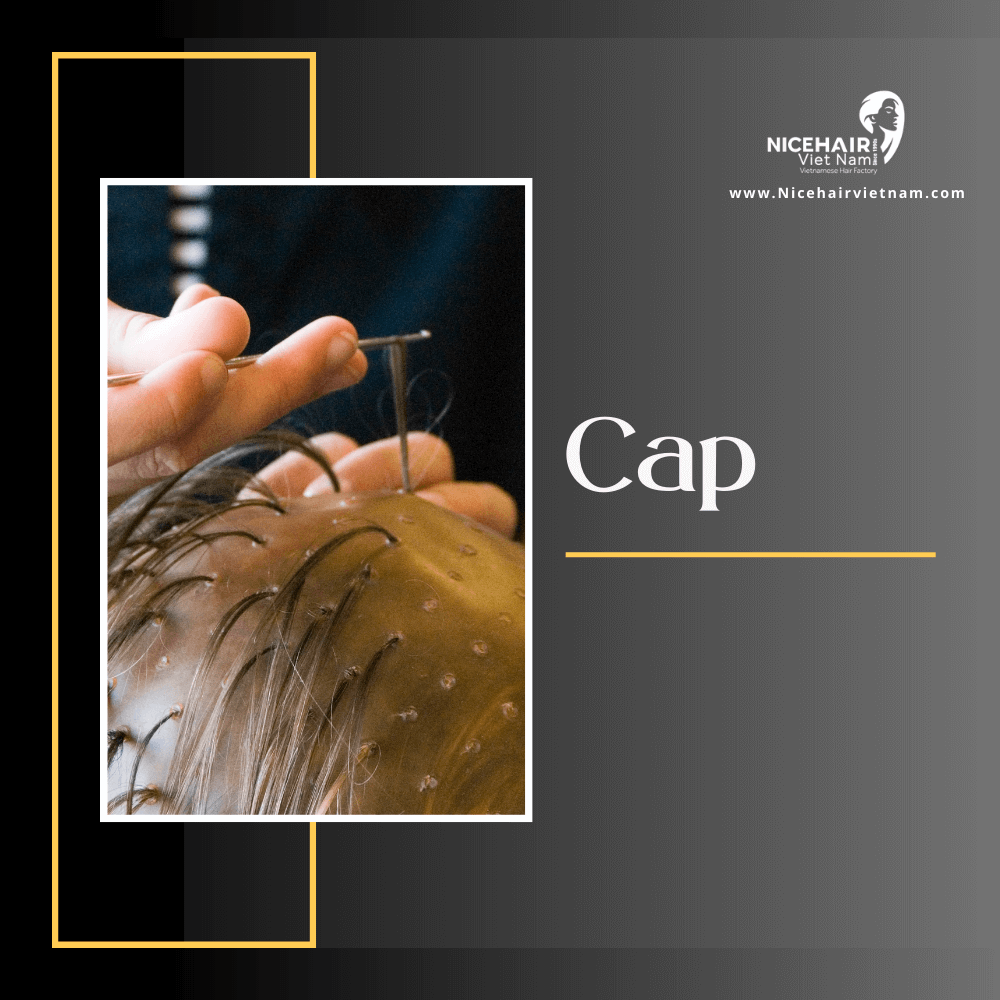
- Balayage: This technique entails directly painting the hair color onto sections of the hair without using foils. It has gained popularity because it creates a more natural-looking effect. Balayage requires precise hand-painting of hair sections and is typically associated with higher costs compared to other methods. It differs from ombré in that balayage involves more meticulous application and blending of colors.
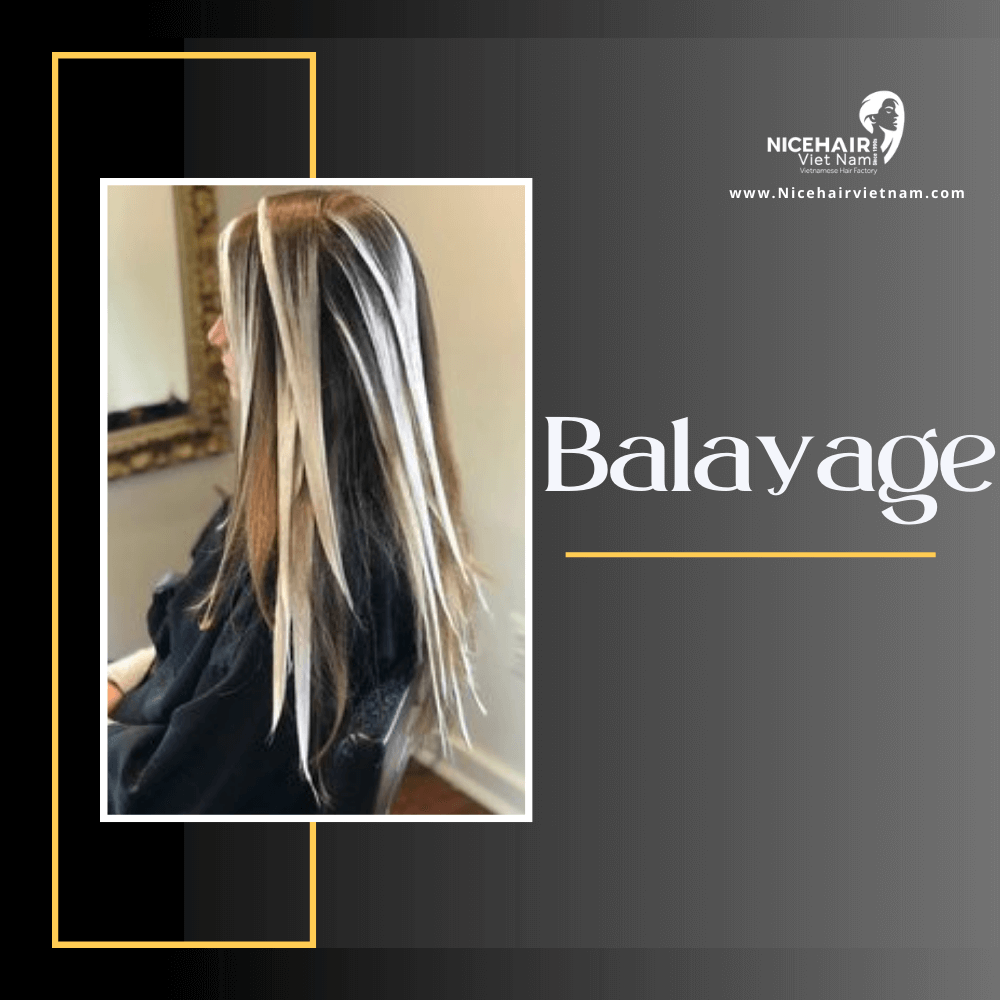
- Baby lights: Baby lights are extremely thin highlights created using a fine coloring technique. They result in a very natural and subtle look.
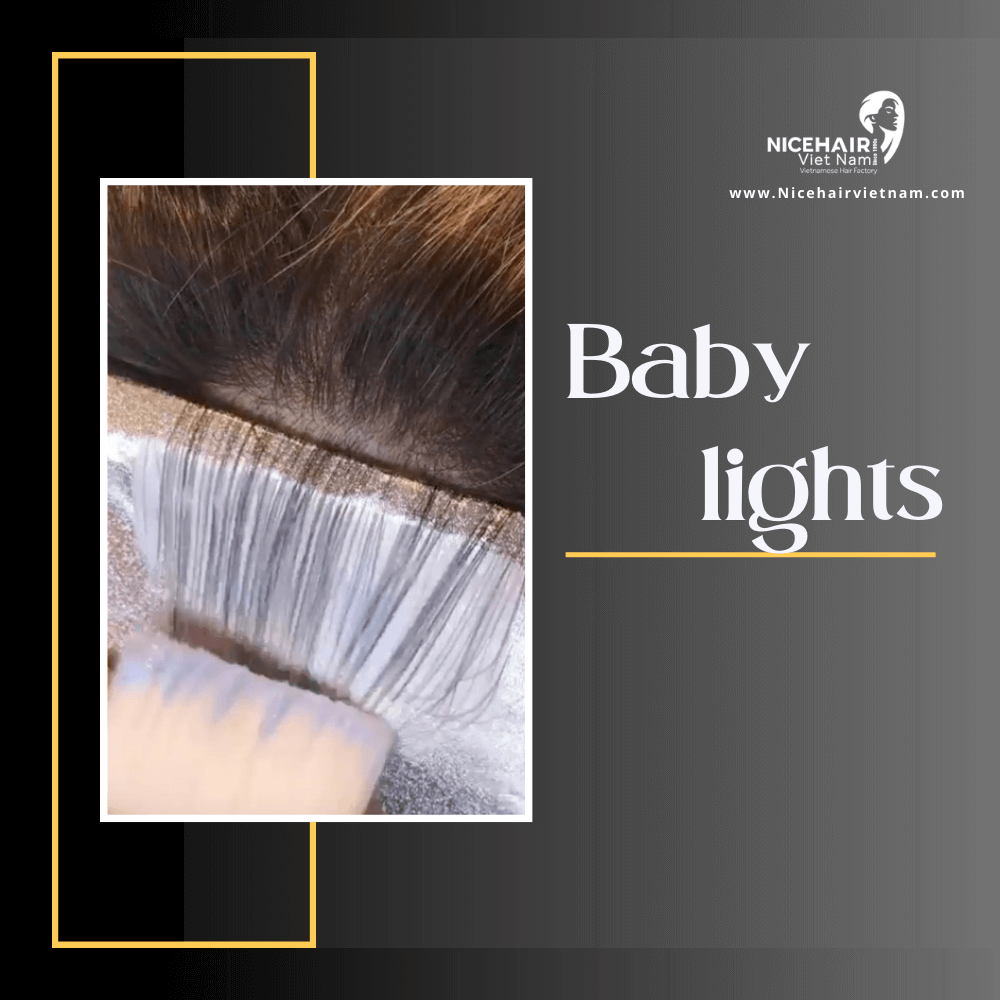
- Dipping or tip dyeing: With this method, the tips of the hair are directly dipped into the dye, creating a distinctive color contrast.

These coloring techniques can be used with any type of hair color. In some cases, hair may need to be lightened through bleaching before applying the desired color.
Overall, these methods offer versatility and the opportunity to achieve a wide range of coloring effects to suit individual preferences and styles.
On-scalp
Hair coloring can also be applied on the scalp for a more uniform coverage. Here are some techniques used for on-scalp hair coloring:
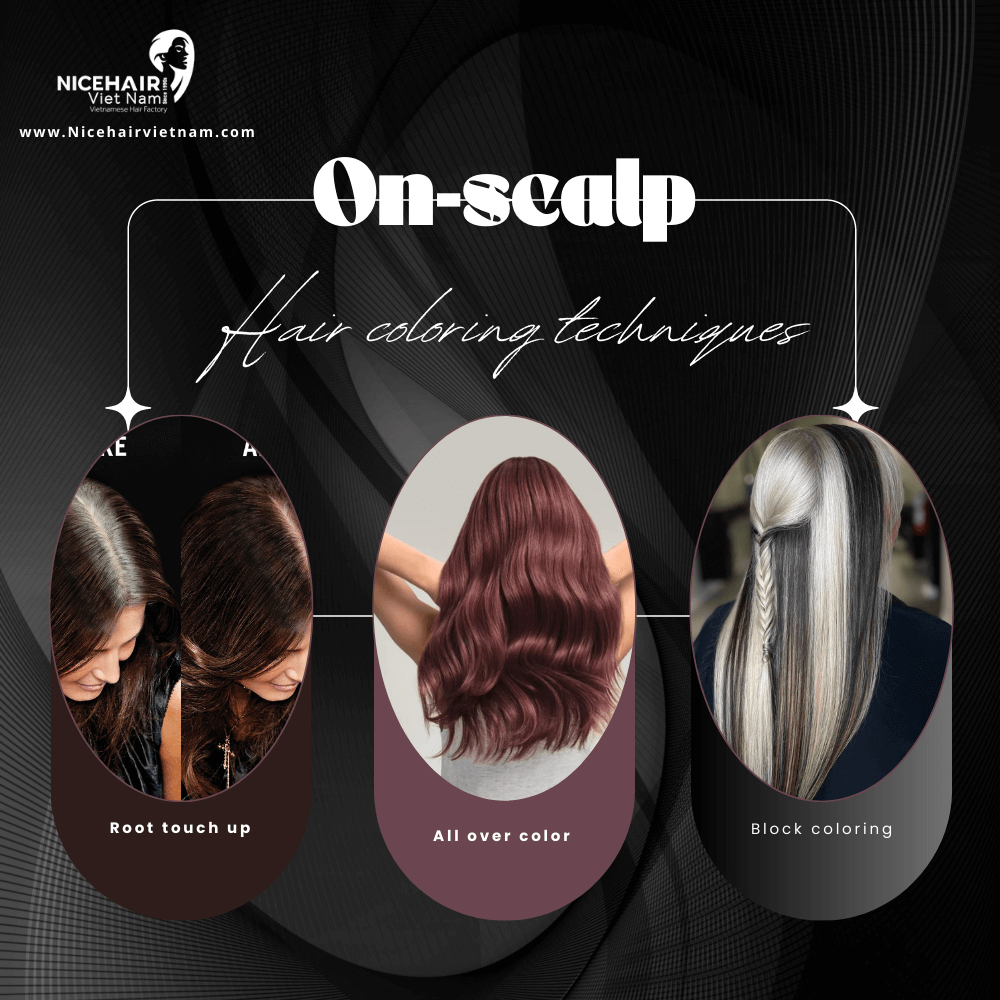
- Root touch-up: This method involves applying color only to the most recent section of hair growth near the scalp, typically the first inch. Root touch-ups are done every 4-6 weeks to address the natural color regrowth and to maintain a consistent appearance. Those who color their hair to cover gray often opt for root touch-ups.
- All-over color: In this technique, the person desires a complete change in hair color, applying a single solid color throughout their hair.
- Block coloring: With block coloring, the person chooses two or more colors to be applied to different sections of their hair, resulting in dimension and contrast. This technique creates a distinctive look and adds visual interest to the overall hairstyle.
All of these hair dyeing techniques can be used with any type of hair color. However, when it comes to lightening the hair, bleaching may be necessary before applying the desired color. Bleaching helps to remove the existing color and create a lighter base for better color absorption.
These on-scalp coloring techniques offer flexibility in achieving different color effects and are commonly used to achieve a specific look or maintain a consistent appearance as the hair grows.
Then what is bleaching?
Actually, it is a process of lightening the natural color of the hair by removing its pigment. It is commonly used to create a lighter base for applying vibrant or pastel hair colors, or to achieve a blonde or platinum blonde shade. The bleaching process involves:
- Sectioning: Divide your hair into manageable sections using clips or hair ties. This will help ensure even application and make the process easier.
- Mixing the bleach: Follow the instructions provided with the hair bleach product to mix the bleach powder with the appropriate volume of developer. The ratio of bleach to developer will depend on the brand and desired lightening level.
- Strand test: Perform a strand test on a small, inconspicuous section of hair to assess the lightening process and check for any adverse reactions. This step is particularly important if you’re bleaching your hair for the first time or if you have previously treated or damaged hair.
- Application: Starting from the back sections and working your way to the front, apply the bleach mixture to each section of hair using the tint brush or applicator. Ensure that the bleach is evenly distributed from the roots to the ends. Take care to avoid contact with the scalp to minimize irritation.
- Processing time: The processing time will depend on factors such as your hair’s natural color, texture, and desired lightening level. It’s crucial to closely monitor the hair during the processing time to avoid over-bleaching. Check the color regularly by wiping away a small amount of bleach from a test strand to see the progress.
- Rinse and shampoo: Once the desired lightness is achieved or the maximum recommended processing time has elapsed, rinse out the bleach thoroughly with lukewarm water. Follow up with a gentle shampoo to remove any remaining bleach residue.
- Conditioning and aftercare: After rinsing and shampooing, apply a deep conditioning treatment or hair mask to nourish and restore moisture to the hair. Bleaching can be drying, so regular conditioning and hydration are essential to keep the hair healthy. Avoid heat styling tools and excessive manipulation for a few days to minimize damage.
It’s important to note that the hair bleaching process can be challenging and may have varying results depending on individual hair characteristics. If you’re uncertain or have concerns about bleaching your hair, it’s advisable to seek the assistance of a professional hairstylist who can guide you through the process and ensure the best outcome while minimizing potential damage.
How to care for your dyed or bleached hair properly ?
Since dyed and bleached hair is already delicate in comparison with virgin hair. Therefore, in order to maintain hair color and minimize hair damage, it is essential to take care of your dyed or bleached hair with several notices:
- Use sulfate-free and color-safe products: Regular shampoos containing sulfates can strip the color and moisture from your hair. Opt for sulfate-free shampoos and conditioners specifically formulated for colored or bleached hair to maintain the color and keep your hair hydrated.
- Limit washing frequency: Washing your hair too frequently can cause the color to fade more quickly. Try to wash your hair every 2-3 days or as needed to maintain a balance between cleanliness and preserving the color.
- Wash with lukewarm water: Hot water can strip away the natural oils from your hair and cause color fading. Use lukewarm water while washing your hair to help preserve the color and prevent excessive dryness.
- Deep condition regularly: Bleaching and dyeing can leave your hair dry and damaged. Incorporate deep conditioning treatments into your hair care routine to replenish moisture and nourish your strands. Look for products with hydrating and repairing ingredients such as keratin, argan oil, or shea butter.
- Protect from heat styling: Heat styling tools like flat irons, curling irons, and blow dryers can further damage bleached and colored hair. Minimize the use of heat styling or use a heat protectant spray before styling to reduce damage and maintain the color.
- Protect from UV rays: Exposure to sunlight can cause color fading and damage to your hair. Use UV-protective hair products, wear a hat, or cover your hair with a scarf when spending time in the sun.
- Avoid chlorine and saltwater: Chlorine in swimming pools and saltwater can cause color fading and dryness. Before swimming, wet your hair with clean water and apply a leave-in conditioner or hair oil to create a protective barrier. After swimming, rinse your hair thoroughly and apply a moisturizing treatment.
- Trim regularly: Bleaching and dyeing can make your hair more prone to split ends and breakage. Regular trims every 6-8 weeks will help maintain the overall health of your hair and prevent split ends from traveling up the hair shaft.
- Limit chemical treatments: Avoid overlapping chemical treatments on already bleached or colored hair, as this can lead to further damage. Give your hair enough time to recover between treatments and consult a professional stylist for advice on safe and suitable treatments.
- Be gentle with your hair: Treat your hair with care to minimize breakage. Use a wide-tooth comb or a brush with soft bristles to detangle your hair gently. Avoid vigorous towel drying and harsh rubbing, which can cause breakage.
Besides, make sure to follow further recommendations and advice from professional hairstylist to ensure that your hair specific needs are assessed with best practices.

